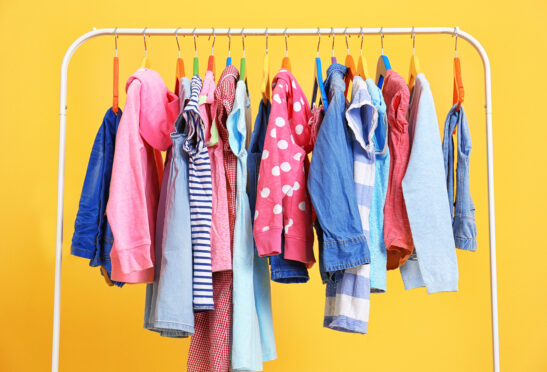
With the cost-of-living crisis pressurising household budgets and the cost of clothes and shoes rising even faster than other consumer goods, many people are being forced to be more budget-savvy when shopping for wardrobe essentials.
Inflation data shows clothing and footwear prices have risen by more than 8% in the past year.
Popular brands have introduced hikes to offset rising costs, with Dr Martens announcing that a pair of its boots will cost £10 more this summer. Inditex, the company behind high street stores Zara, Pull & Bear and Stradivarius, has said that where pressures are felt, prices will change to “protect margins”.
Similarly, Next plans to increase its fashion prices by 8% later this year. The firm has also issued a warning to customers that the charge to return items will increase from Tuesday. The price lift will impact customers who use couriers to return parcels to the retailer.
Budget fashion giant Primark says it is also being forced into a series of hikes because the rising cost of living is impacting its own costs. Its autumn and winter collections will regrettably see selective price increases, said the company’s owner, Associated British Foods.
Ewan MacDonald-Russell, head of policy at the Scottish Retail Consortium, told Raw Deal that rising inflation was a continuing concern for consumers and retailers.
“While retailers are going to great lengths to absorb rising costs, increases in transport, energy, commodity prices and wages, and taxation, are forcing them to raise prices,” he said.
“Many fashion retailers have struggled immensely due to lockdown restrictions and fewer people returning to workplaces or socialising compared to before the pandemic. Fashion sales are also likely to diverge depending on whether purchases are essential or discretionary.
“As household budgets are squeezed consumers will cut back on any non-essential spending, which will only make it harder for fashion retailers.”
Households across the country are already feeling the pinch from huge increases to the price of energy and fuels like petrol and diesel but the pain is not felt evenly.
Women face larger price rises than men in categories such as clothing and toiletries, according to data from the Office for National Statistics.
Womenswear prices have increased by 37% over the last five years, while menswear has gone up by 25%. Recent price rises have accentuated this gap.
Reena Sewraz, money expert at Which?, said that while clothing and shoes were essential for everyone, the cost of living shock was putting pressure on household budgets and many people were looking for ways to save money.
“There are many ways you can cut costs of what you wear,” she said. “Try hunting for bargains in a charity shop or a car boot sale, or finding pre-loved items on online marketplaces.
“If you have an event coming up, you could even try renting an outfit rather than forking out for a new one. We all know the negative impact of the fast-fashion industry, so not only will this help your bank balance, but the planet as well.”

Enjoy the convenience of having The Sunday Post delivered as a digital ePaper straight to your smartphone, tablet or computer.
Subscribe for only £5.49 a month and enjoy all the benefits of the printed paper as a digital replica.
Subscribe